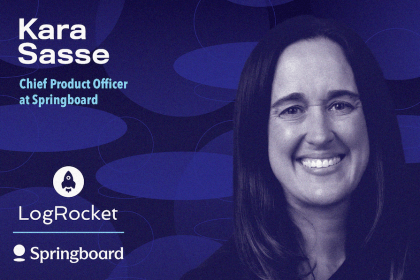
Kara Sasse, Chief Product Officer at Springboard, talks about how her team is integrating generative AI into Springboard’s bootcamps.
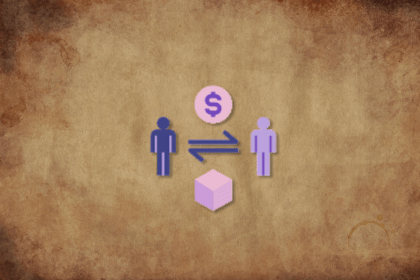
A “touchpoint” is a common concept across businesses, but depending on the type of specialist you ask, they’ll give you different answers.
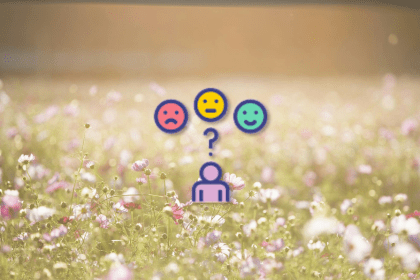
Functional requirements describe the desired outcome from the user’s perspective so it’s easier to understand the end result.
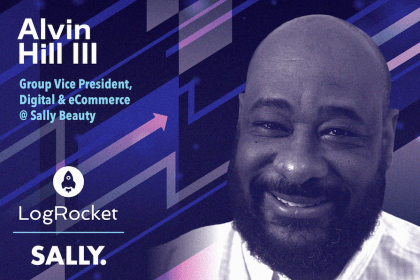
Alvin Hill III, Group VP, Digital and Ecommerce at Sally Beauty, talks about bridging the gap between digital and in-store experiences.
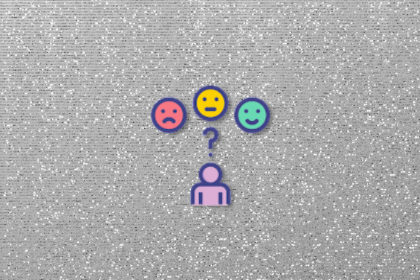
You can leverage switching costs to your advantage to hold onto customers and make them less likely to want to switch.

Maximilian Maile talks about redefining digital health by providing flexibility for patients to connect with healthcare.
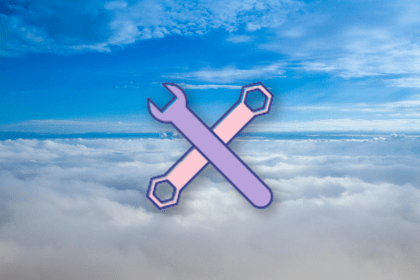
An SDK is a comprehensive collection of tools and documentation that helps simplify integrations with a specific platform.
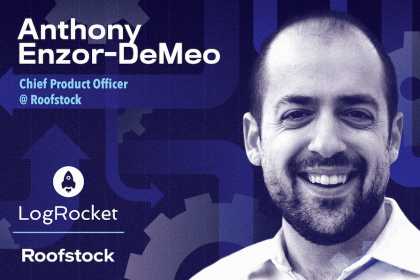
Anthony Enzor-DeMeo discusses how structuring OKRs looks different at every company, depending stage, maturity, size, and culture.

The problem space is a concept or a term that focuses on identifying and understanding the problems and needs of a customer.
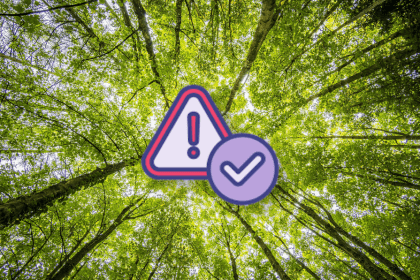
Cost of delay is vital for a product manager and can help you make more informed decisions about your processes moving forward.
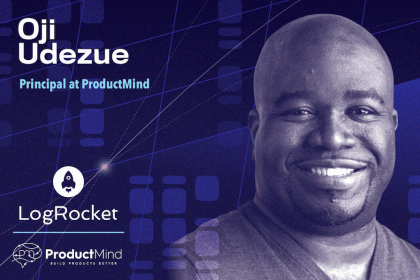
Oji Udezue shares the importance of understanding the psychology behind customer onboarding and carrying that through the experience.
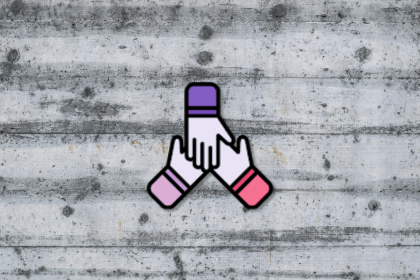
In this article, you’ll learn how to prioritize productivity, work-life balance, collaboration, and staying healthy, while working from home.